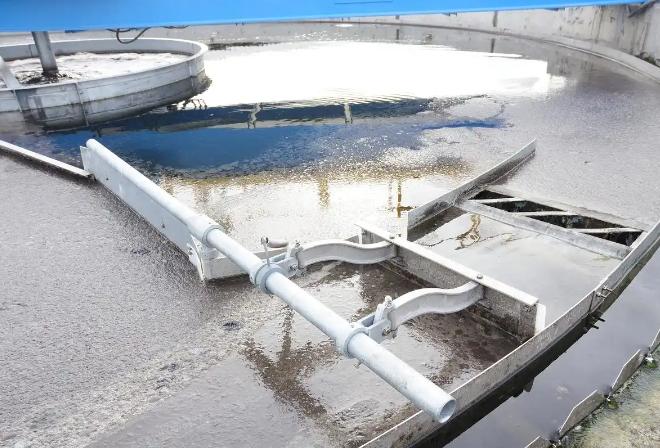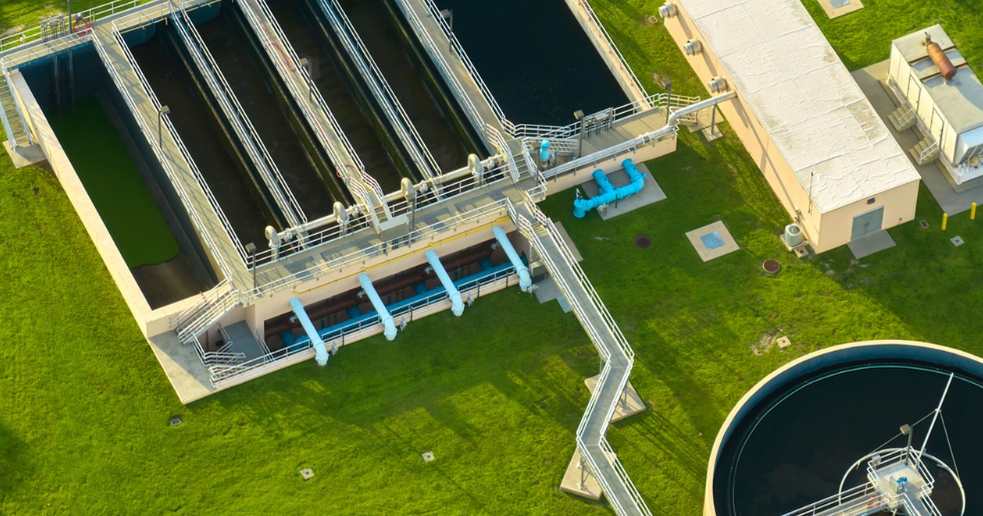In industrial waste management facilities—from landfills and garbage transfer stations to recycling plants and composting sites—managing unpleasant odors is crucial for environmental sustainability, worker safety, and community well-being. Industrial deodorants serve as specialized solutions to address this challenge, offering effective odor control by neutralizing, masking, or eliminating the pungent smells generated by decomposing organic waste. This article explores the role of industrial deodorants in garbage management, their key types (including plant deodorants), and how they function as powerful odor removers in harsh industrial environments.
What Is an Industrial Deodorant?
An industrial deodorant is a formulated product designed to tackle strong, persistent odors arising from industrial processes, particularly those involving organic matter decomposition. Unlike consumer-grade deodorants used for personal care, industrial variants are engineered to withstand extreme conditions—high humidity, temperature fluctuations, and contact with diverse waste materials—and target complex odor compounds like hydrogen sulfide (rotten egg smell), ammonia (urine-like odor), and volatile fatty acids (sour, rancid smells). These products act as both odor removers and preventive agents, reducing the impact of foul smells on surrounding areas while improving operational hygiene.

Key Types of Industrial Deodorants for Garbage
One of the most popular and environmentally friendly options is the plant deodorant, derived from natural sources such as essential oils (e.g., citrus, mint, eucalyptus), plant extracts, or biofermented compounds. These deodorants work by neutralizing odor molecules through chemical interactions (e.g., hydrogen bonding) rather than simply masking smells. For example, terpenes from citrus oils react with sulfur-containing compounds to form non-odorous byproducts. Plant-based variants are non-toxic, biodegradable, and safe for use in areas with strict environmental regulations, making them ideal for composting facilities or waste sites near residential zones.
2.Chemical Deodorants
These formulations contain synthetic compounds like surfactants, oxidizing agents, or neutralizing agents. Oxidizing deodorants (e.g., sodium chlorite) break down odor molecules through oxidation reactions, while surfactant-based products encapsulate odor particles, preventing them from spreading. Chemical deodorants are often used in heavily contaminated areas due to their fast-acting properties, though they require careful handling to avoid corrosion or environmental harm.
3.Biological Deodorants
Leveraging beneficial microorganisms (e.g., bacteria, fungi), biological deodorants target the root cause of odors by inhibiting the growth of odor-producing microbes in waste. These products introduce strains that consume organic matter more efficiently, reducing the release of smelly byproducts. They are commonly used in landfills and wastewater treatment plants for long-term, sustainable odor control.
How Industrial Deodorants Work to Remove Smells
Odor Neutralization
Many deodorants, especially plant-based and chemical types, contain molecules with functional groups (e.g., hydroxyl, carboxyl) that bond with odor-causing compounds, transforming them into odorless substances. For instance, activated charcoal or plant polyphenols absorb and neutralize sulfurous or nitrogenous molecules.
Microbial Inhibition
Both biological and some chemical deodorants disrupt the metabolic pathways of odor-producing bacteria, reducing their ability to generate smelly gases like ammonia or methyl mercaptan. This prevents odor formation at the source rather than just treating existing smells.
Odor Masking (Temporary Solutions)
Some formulations include fragrances or pleasant-smelling compounds that overpower foul odors. While less effective for long-term odor control, masking agents are useful for immediate relief in areas with high public traffic, such as garbage transfer stations.
Applications in Garbage Management
-Landfills: Sprayed over waste piles to neutralize gases released during decomposition, reducing complaints from nearby communities.
-Garbage Transfer Stations: Applied in loading bays and conveyor belts to control odors generated during waste sorting and transportation.
-Composting Facilities: Plant-based deodorants are often used here to maintain a clean environment while preserving the beneficial microbial activity essential for composting.
-Wastewater Plants: Targets odors from sludge processing and organic wastewater, improving working conditions for staff.
-Environmental Compliance: Helps facilities meet air quality standards by reducing volatile organic compound (VOC) emissions.Worker Protection: Minimizes exposure to harmful odor molecules, which can cause respiratory irritation or nausea.
-Community Relations: Reduces odor-related complaints, fostering better relationships between industrial sites and neighboring communities.
-Operational Efficiency: By controlling biofilm and microbial growth, deodorants can also reduce corrosion in waste-handling equipment, extending its lifespan.
Choosing the Right Deodorant: Key Considerations
When selecting an industrial deodorant for garbage management, factors like waste type (organic vs. chemical), application method (spray, mist, or pellets), and environmental safety should be evaluated. Plant-based deodorants are ideal for eco-conscious operations, while chemical variants may be necessary for acute odor emergencies. Biological solutions work best for long-term, gradual odor control in large-scale waste sites.
Conclusion
Industrial deodorants play a vital role in transforming waste management from a source of nuisance to a more sustainable, community-friendly process. Whether through natural plant extracts, synthetic chemicals, or biological agents, these odor removers offer versatile solutions to tackle the complex smells of decomposing garbage. By prioritizing effective odor control, industries can protect public health, comply with environmental regulations, and maintain operational integrity— that even in the messiest environments, technology and innovation can help remove smell and create cleaner, healthier spaces for everyone.
As a professional chemicals manufacturer in the water treatment Industry, Sanmei have helped more than 5,000 plants with process solutions and helped them improve production efficiency, reduce costs, and optimize profit plans. Our main goal is to assist you in optimizing production efficiency and profitability in a sustainable way. Welcome to consult us and get a free wastewater treatment solution by filling in the form below or email to info@san-mei.com











